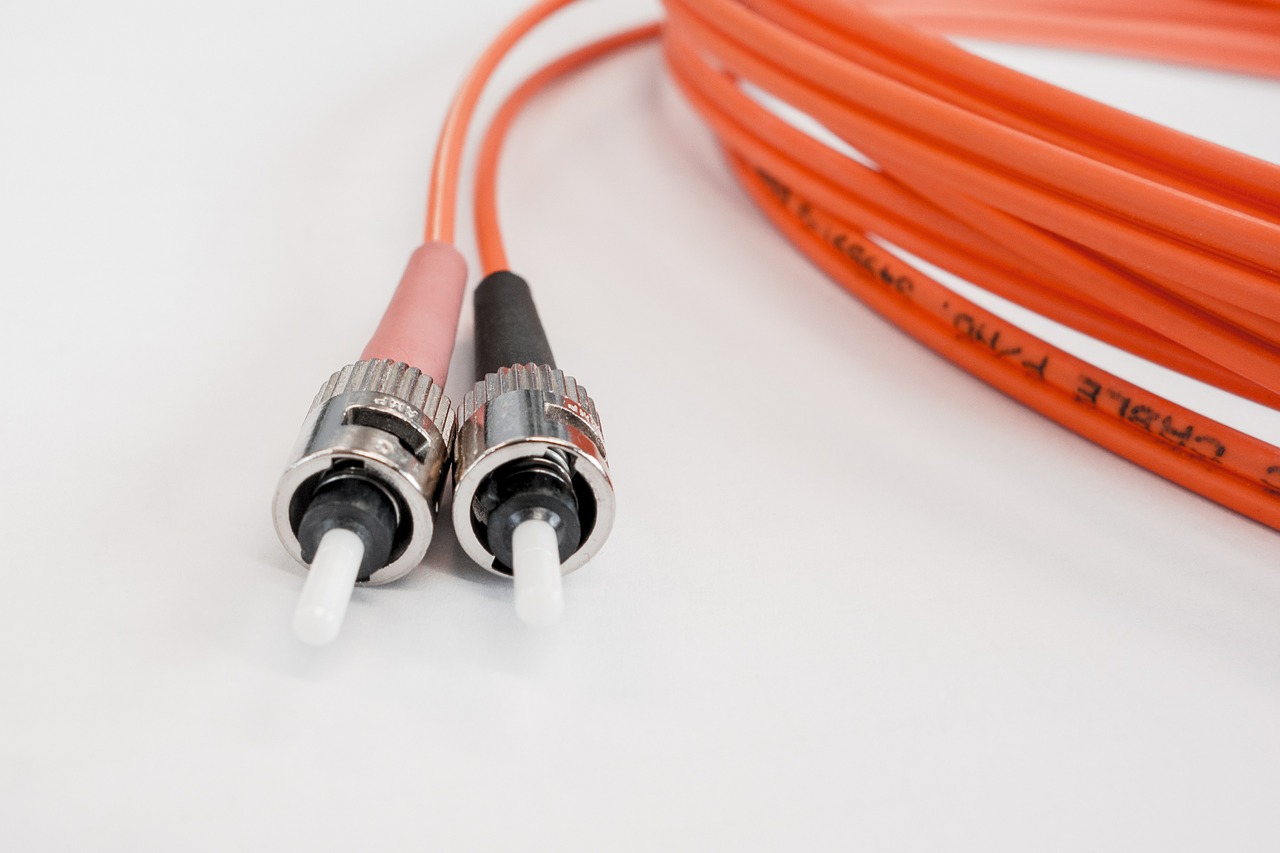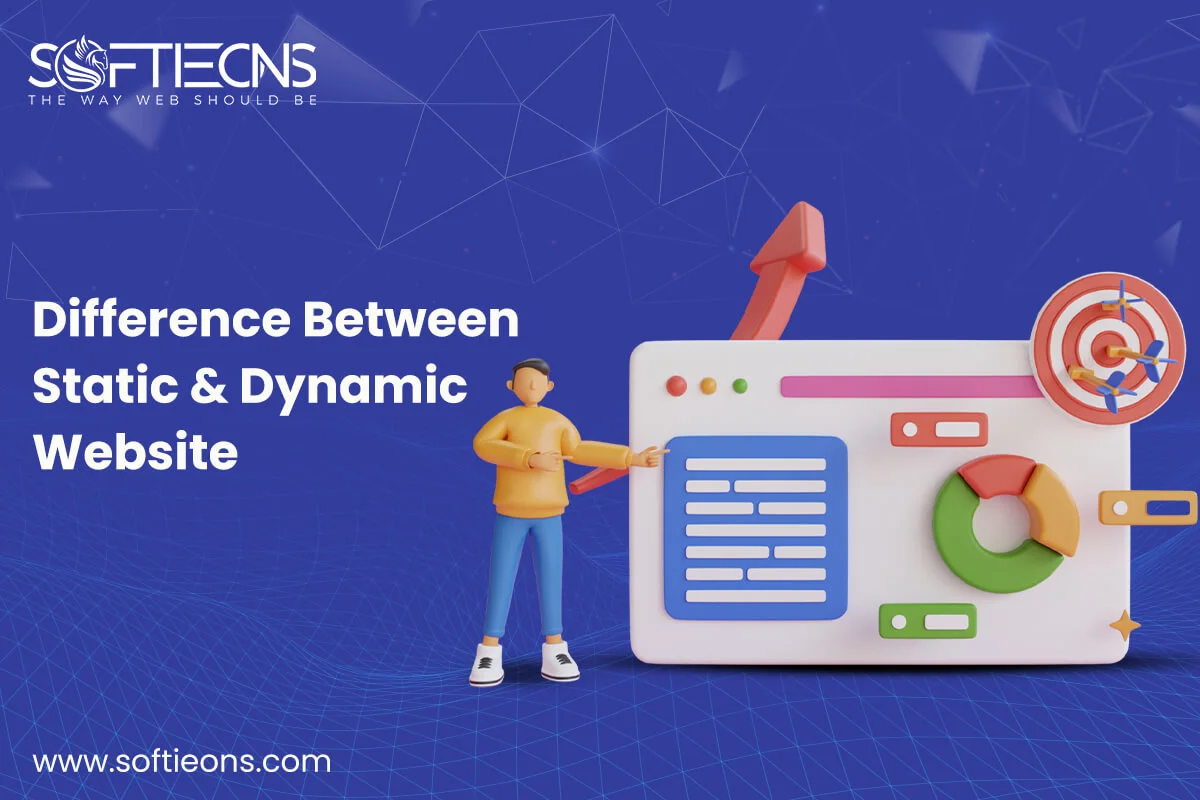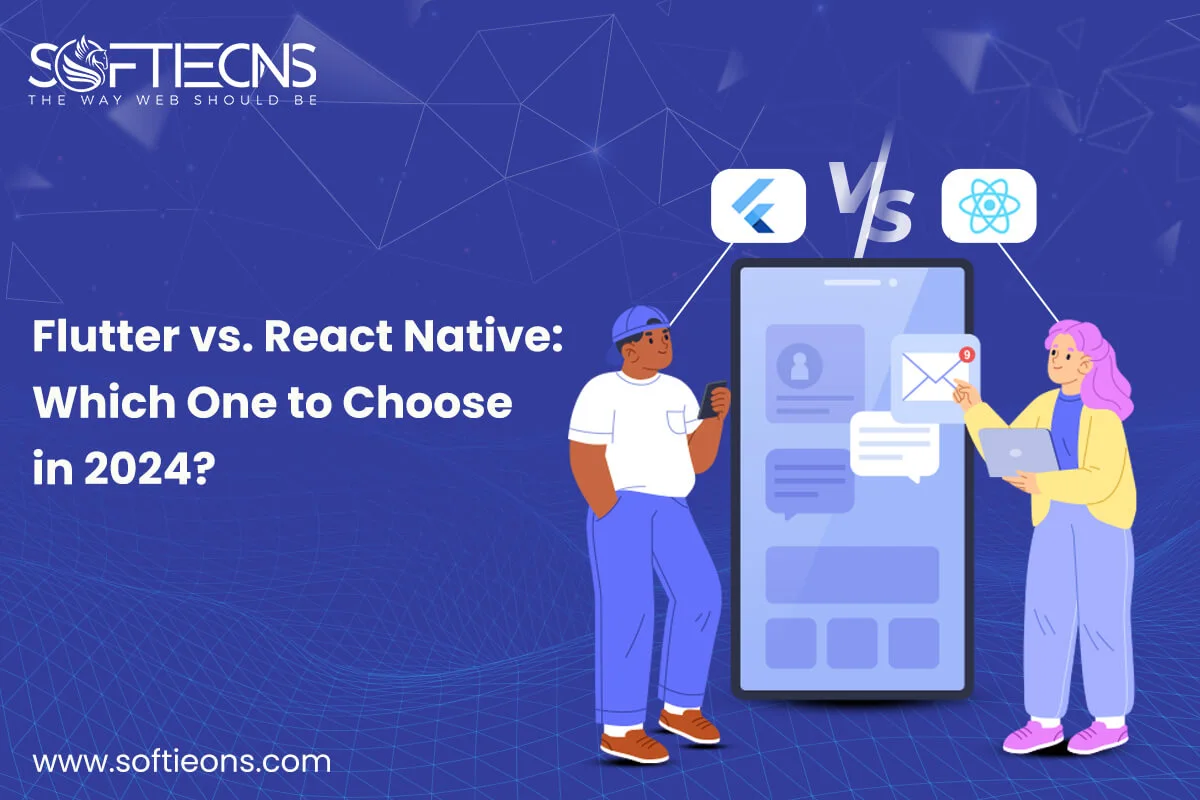What you need to know about 5G and Fiber
Sat, 10 Apr 2021
Technology has evolved at a faster pace in human history than any other time in the last century. One smartphone holds more power to process than computers. We are now at the point where technology is beginning to pass the point of understanding to the majority of the public, as human beings.
Our 4G network has advanced radically over the last few years when we focus specifically on wireless technology, yet our devices and data demands surpass the network’s ability to keep up.
We stretch the capabilities of the existing 4G network with all of our IoT devices and sensors, smart homes, smart cars, and huge data and video demands. As an innovative replacement, 5G technology promising greater speed and outstanding network performance will step in. But it still hasn’t hit its full potential. We still use 4G technology predominantly and it is not going to be able to keep up.
The problem with current 5G technology
When a person uses his mobile phone to send a text or email, watch a video, or transfer files, the data transfer path is anything but linear along with the cellular or Wi-Fi network. That data may bounce to a cell tower first, and then beam to a satellite, transfer to fiber, and then make its way to the receiver’s phone via another cell tower.
It is just not fast enough for the data demands of today. Another resource needs to be exploited to make 5G possible on a global scale and this resource is available in the sky as well as the underground.
Why 5G needs fiber
Wireless carriers need to take advantage of high-capacity fiber networks to grow and flourish in 5G. These networks often include underground or aerial fiber optic cables which are not currently used.
When fiber was originally installed, additional lines were frequently added for rising demands but not activated for future-proof. A network provider can use an optical signal to activate or “light” this existing fiber or install additional fiber to increase the capacity of network data.
This will give mobile companies a strong backbone to their mobile network, increasing their bandwidth and speeding up 5G wireless technology implementation and utilization.
The benefits of advanced fiber networks
- Dense Wavelength Division Multiplexing (DWDM) is one of the main benefits of fiber or other transmission sources. It allows the fiber to use different wavelengths so it can transmit multiple signals over the same fiber strand. This leads to better coverage of the mobile, faster speeds, and more reliable networks.
- The low latency provided by fiber means that, with little delay, mobile networks will be able to process a larger data volume. This will make the mobile networks more responsive and enable connection speeds to be increased with more devices at once.
- Just as important to note is that not only does 5 G need fiber; it also needs huge fiber counts with incredible density and the ability to access it through splice points that are close enough to where it’s needed to break out.
- What’s more, fiber will benefit consumers. It will help bring more Internet providers into the market and enable smaller players to deliver competitive offerings, which will hopefully drive down the cost of consumers.
Most importantly, fiber may help the 5th generation eliminate technological hang-ups for devices and people connected to the network, making it easier and more comprehensible for the average person to adopt new technology and inventions.
POPULAR POSTS
Shopify vs. WordPress: Which one is best for e-commerce?
Wed, 07 Apr 2021Role of IoT in the Real Estate Industry
Wed, 14 Apr 2021Why UX And UI Is Important For Mobile Application Development
Sat, 01 May 2021Telemedicine's Advantages in Nursing Homes
Fri, 24 Dec 2021RECENT POSTS
Difference Between Static Website And Dynamic Website
Wed, 24 Apr 2024Flutter vs. React Native: Which One to Choose in 2024?
Mon, 22 Apr 2024Exploring the Benefits of Professional Website Design Companies
Fri, 29 Mar 2024Understanding The Role Of Web Design Firms
Fri, 22 Mar 2024









